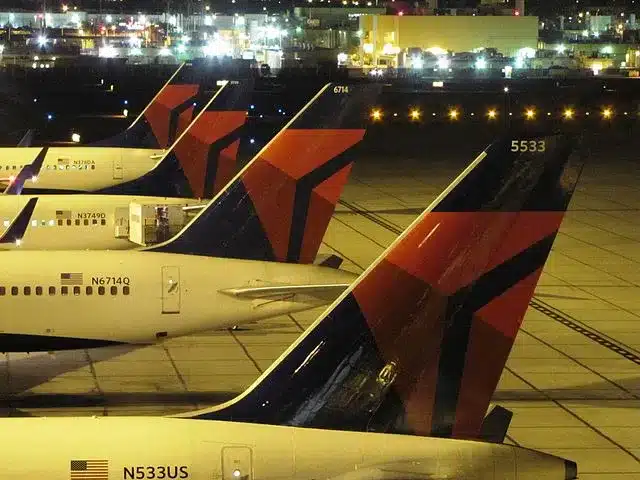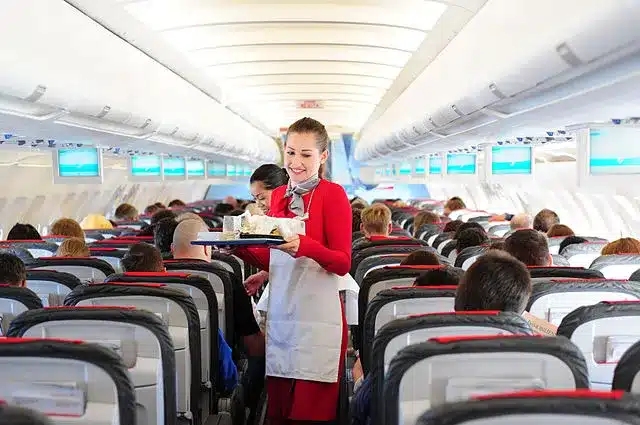Animals are the best! - Make Sure they Fly Right
Since COVID, increasing numbers of us are flying with pets and travelling with the support of our pets or support animals.
And the airlines are mostly in support of that. But like humans, pets don’t like flying so much.
Did you think it’s just us worthless humans that get into trouble on aircraft? Nope. The future inheritors of this planet – animals – can get into trouble too. At least those “lucky” ones that are small enough to find in those TSA/IATA boxes or have special designations.
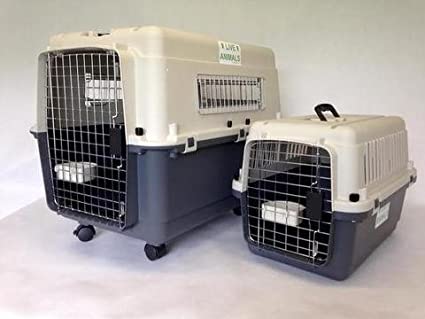
"Only birds should fly"
Small dogs and cats are not as robust travelers as humans. They are more sensitive to external, environmental changes and some don’t handle it very well. It’s not easy to know in advance if Dr. Wooflestein might like the experience, or at best not freak out.
Some owners even resort to chemical solutions – as you will soon find out. Traveling with an animal can be tricky, but we are not just here to scare, we are here to yelp, I mean help.
The first rule for flying pets
Our advice – don’t bring or send your pet via the cargo hold of an aircraft. We don’t care if the cargo hold is pressurized or not. Or whether it’s heated or monitored. That’s only part of the risks for the animal.
We listen to PETA on this, and so should you. But life is not only should-do’s, it’s chock-a-block full of must-dos. And sometimes needs must and we have no choice. And so, we will try to get you the best information and advice.
Our JetBlue Shaggy Dog Tale
But back to our fear-filled title, an in-flight announcement. It was a stormy night on a JetBlue flight from Florida to Boston and Darcy (I prefer to call him Mr. Darcy) the French Bulldog was not doing so well. His owner had noticed the two-year-old pooch was having difficulty breathing and his tongue was turning blue.
He took him out of the carrier box and sought help from the crew. To the rescue came the fantastically named Renaud Fenster. The experienced, well-trained JetBlue crew member recognized hypoxia immediately in the canine.
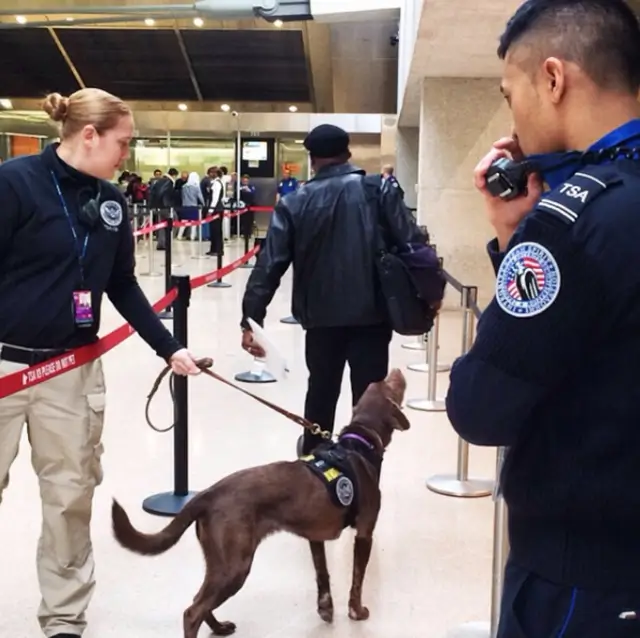
A severe lack of oxygen causes Hypoxia. But “what lack of Oxygen!” I hear you ask. Well, cabin pressure altitude is 8,000 feet. 6,000 on newer aircraft with composite hulls. But it isn’t sea level and those frequent flyers or alpine skiers or visitors to Quito or Bogota will recognize what I am talking about.
At three or four thousand feet above sea level, the air is thinner. While noticeable, humans can manage the effects. But not very well by some animals.
That’s why that fourth beer on the flight is a bad idea and why you should drink a lot of water. Snub-nosed animals (Brachycephalic) have respiratory issues. Which are not helped by cabin conditions at cruising altitude. And so Mr. Darcy was in trouble.
But Renaud Fenster had a plan. He grabbed a portable oxygen mask and strapped it on the dog’s nose. It worked and there was a happy conclusion to our tail. But sometimes it doesn’t end so well. I am not going to link to any cases because it breaks out heart here at WT Towers and we don’t want to upset anyone.
Flying Pet Corner
So first some advice. Yes, most modern commercial aircraft have pressurized holds, but not all of them. And if your airline carries animals as Cargo, we are confident that they know what they are doing. Your pet will be loaded in a section where they can and will survive.
But it is dark and cold, and neither you nor the crew have access. And if the flight is over 3 or 4 hours or God forbid is a long-haul flight, then your pet is going to get into distress and sometimes their reactions will not be good.
In addition, there’s also the pre-flight and loading times that result in your pet getting to from the airport. As well as getting loaded onboard and offloaded from the aircraft. There are also holding and storage stations in between. These steps have their own risks and add to the stress your animal is faced with.
Animal Clearance
This can add many hours to the already long flight and there’s more waiting at the end with animal clearance. Once onboard, modern aircraft are loud and chaotic places. We’ve never experienced a flight in a hold, but we can imagine the engine noise, aircraft systems noises, and environmental noises (not to mention smells) must be harrowing for an animal who has heightened senses for all of these things.
Yes, there are newer aircraft with conditioned hold sections. Some are like the cabin. But there are a lot of different aircraft out there folks, and it’s impossible to know what aircraft type is on what route on a given day and even that is subject to change. There are other issues too – the aircraft accelerates and brakes sharply, and there are sensations related to climbing and descending through the atmosphere as well as turbulence.
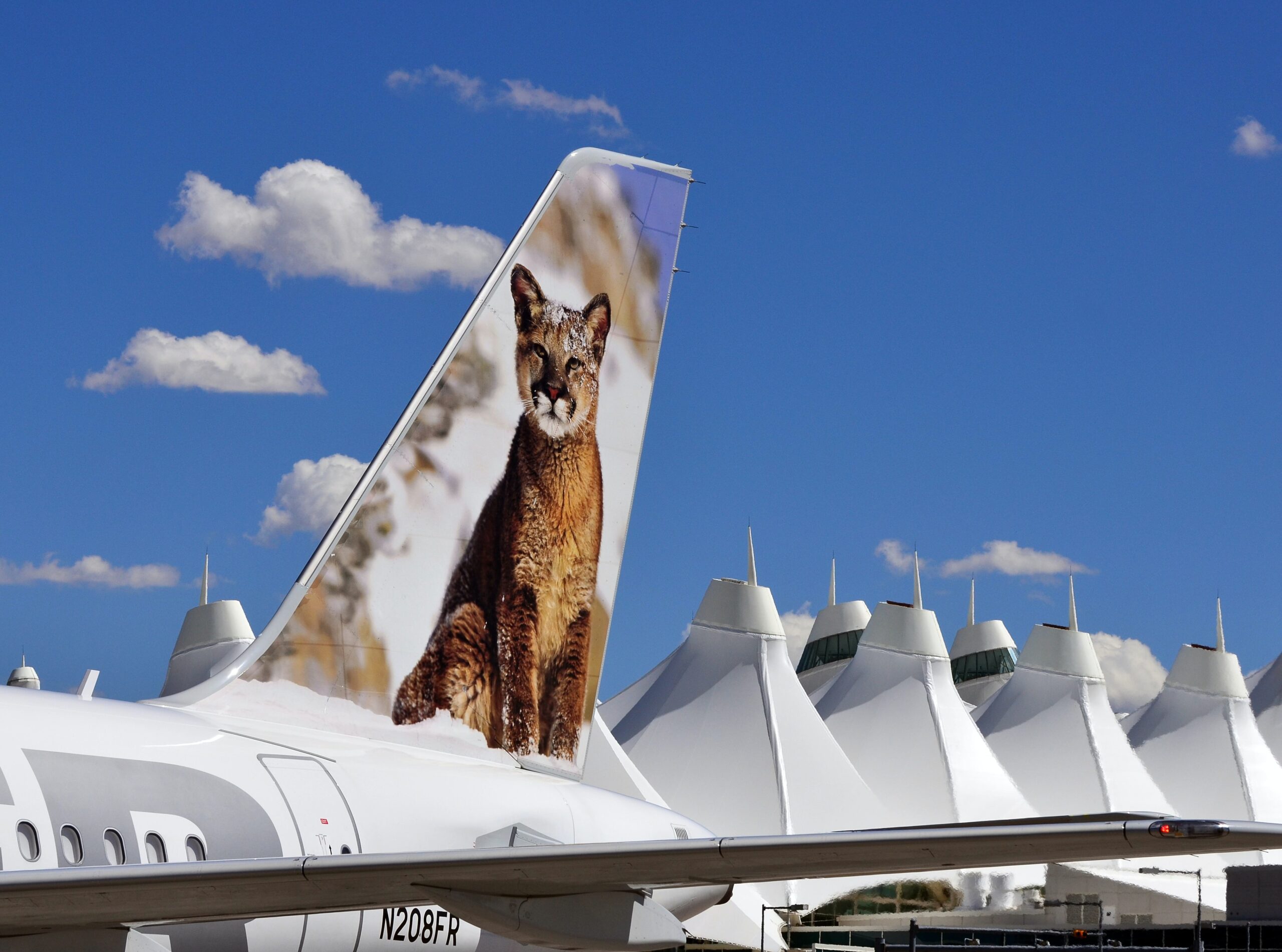
9 times out of 10, your pet has never been put in the IATA/TSA box before. And they can injure themselves trying to break out of it. Your job is to research this as much as possible and know the rules.
What can you do?
We’ve also read online that certain substances are being recommended for dogs on such journeys. CBD, used by humans, is being recommended for dogs. Now I really hope that I meet people recommending this in real life. We might just have some polite suggestions for them about stuff they should take to help their own moods.
Number 1, speak to a vet and get the best possible advice on your pet and your pet’s potential journey in the cabin or as cargo. The US Animal health site has a useful resource. If you must take your dog on a flight and it must be carried as cargo, then IATA has a very good Travelers’ Pet Corner.
Lastly and more importantly the American Veterinarian Medical Association has a great website with lots of valuable information. You can read some great articles there and they have an advice page for pet owners considering travel that you can access. For Free.
The Ark
There’s also another company based at JFK called the Ark. They have a great website with some great resources and a great blog with excellent advice. But this is a changing area where animals’ “fitness to fly” might differ from their ability to survive a flight or certain flights under certain conditions.
Either way, your Vet is the best place to start and, in most cases, your airline will require a Vet CVI (Certificate of Vet Inspection) when presented at the airport.
Happy travels my animal friends! You too owners…


